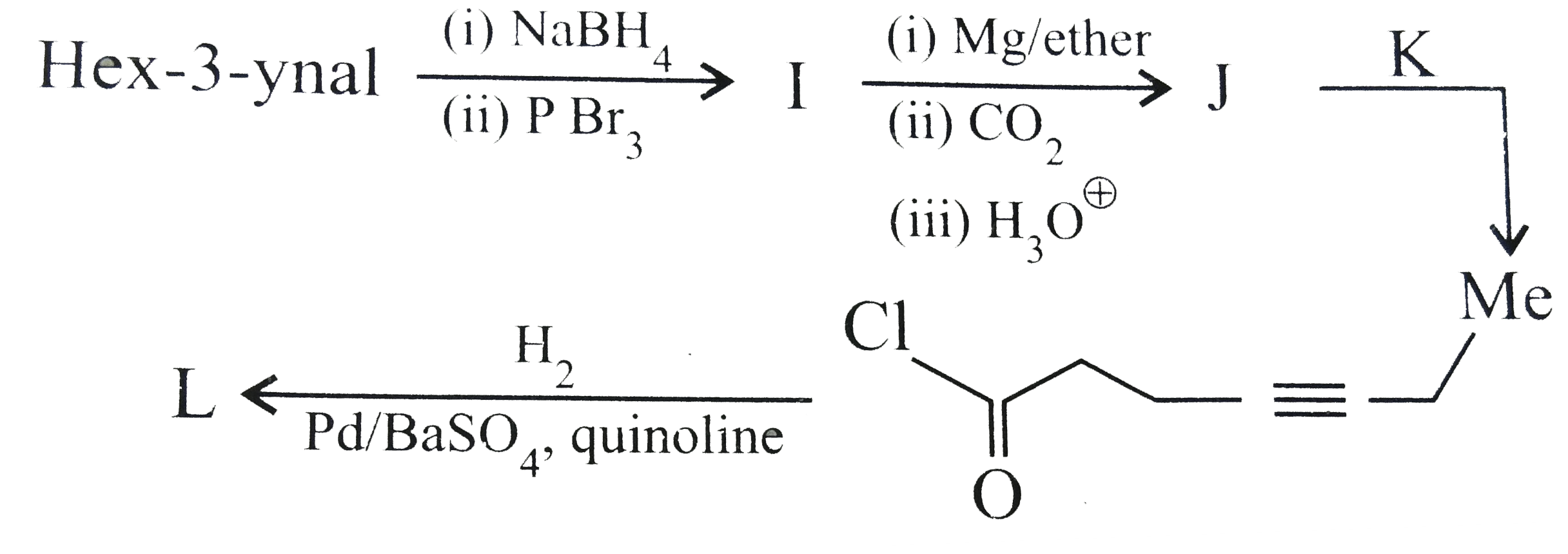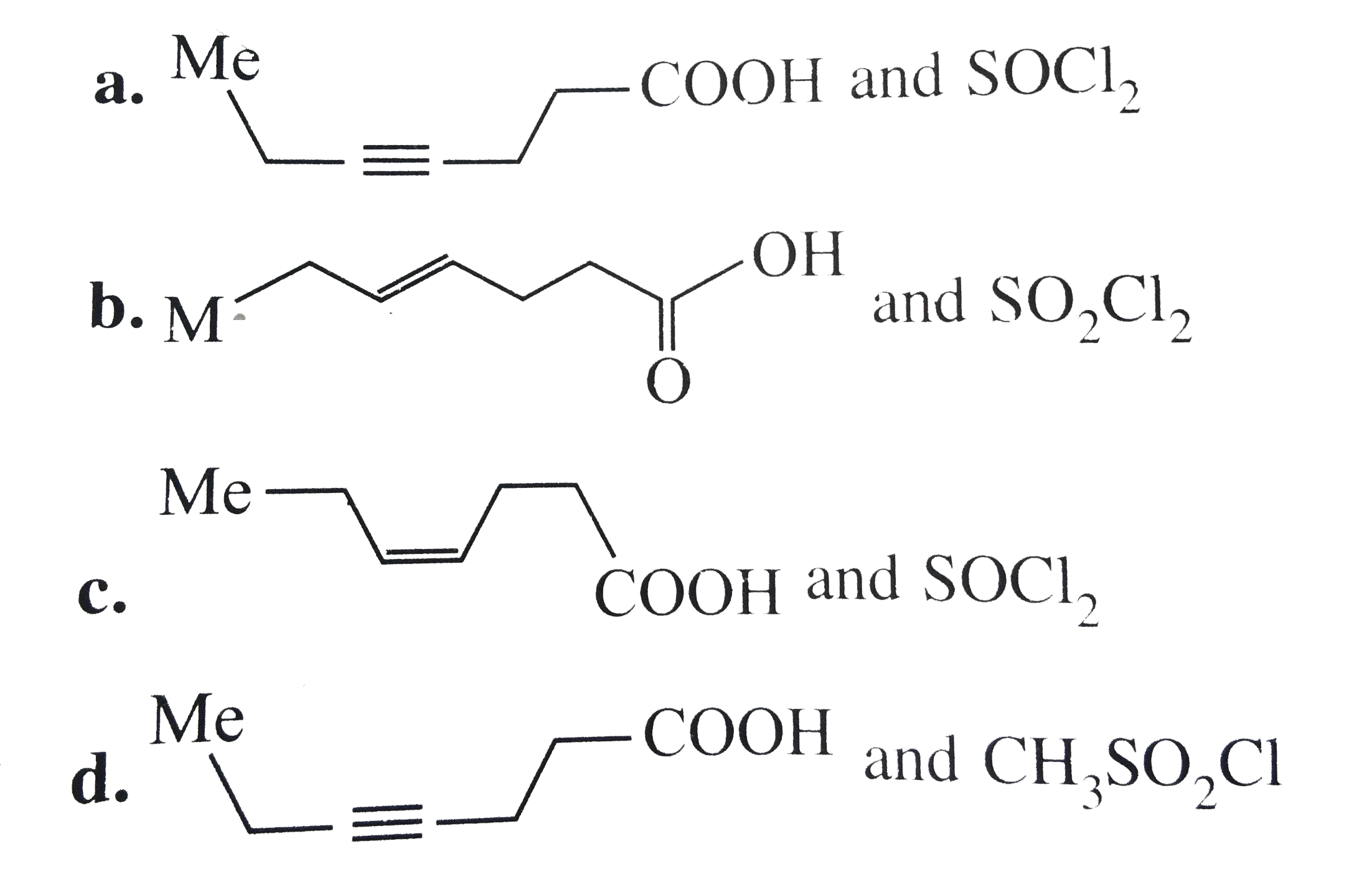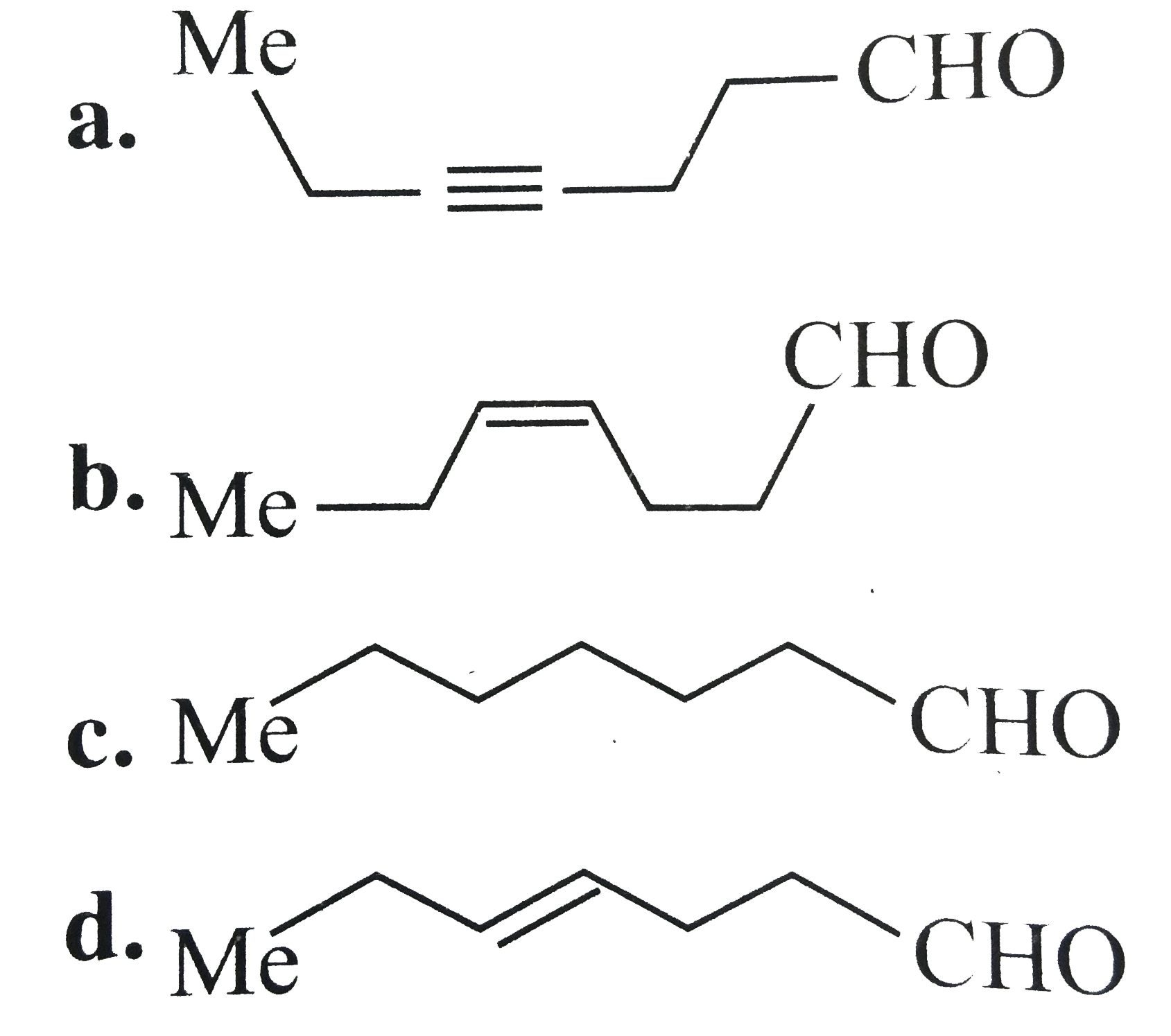Copper is the most noble of first row transition metals and occurs in small deposits in serveral countries. Ores of copper include chalcanthite , atacanite , cuprite , copper glance , and malachite . However, of the world copper production comes from the ore chalcopyrite . The extraction of copper from chalcopyrite involves partial roasting, removal of iron and self-reduction.
Iron is removed from chalcopyrite as.
The correct Answer is:D
To extract copper from chalcopyrite (CuFeS₂), the process involves several steps, including partial roasting, removal of iron, and self-reduction. Here’s a step-by-step breakdown of how iron is removed from chalcopyrite:
1. Understanding Chalcopyrite:
- Chalcopyrite is a copper iron sulfide ore with the formula CuFeS₂.
2. Partial Roasting:
- The first step in the extraction process is partial roasting, which involves heating the chalcopyrite in the presence of oxygen. This process converts the sulfide ore into oxides.
3. Chemical Reaction During Roasting:
- During partial roasting, chalcopyrite is oxidized to produce cuprous sulfide (Cu₂S), ferrous sulfide (FeS), and sulfur dioxide (SO₂). The balanced chemical equation for this reaction can be represented as:
2CuFeS2+3O2→2Cu2S+2FeS+2SO2
4. Formation of Copper Oxide:
- The cuprous sulfide (Cu₂S) formed in the previous step is then further oxidized in the presence of excess oxygen to produce cuprous oxide (Cu₂O) and more sulfur dioxide:
2Cu2S+3O2→4Cu2O+2SO2
5. Removal of Iron:
- The ferrous sulfide (FeS) produced in the roasting step is then reacted with oxygen to form iron(II) oxide (FeO):
4FeS+3O2→4FeO+4SO2
6. Formation of Slag:
- To remove iron from the process, iron(II) oxide (FeO) is reacted with silicon dioxide (SiO₂) to form iron silicate (FeSiO₃), which is known as slag:
FeO+SiO2→FeSiO3
7. Conclusion:
- The iron is effectively removed from chalcopyrite in the form of iron silicate (FeSiO₃), which can be separated from the copper-containing materials.
Final Answer:
Iron is removed from chalcopyrite as iron silicate (FeSiO₃).
---
- Chalcopyrite is a copper iron sulfide ore with the formula CuFeS₂.
- The first step in the extraction process is partial roasting, which involves heating the chalcopyrite in the presence of oxygen. This process converts the sulfide ore into oxides.
- During partial roasting, chalcopyrite is oxidized to produce cuprous sulfide (Cu₂S), ferrous sulfide (FeS), and sulfur dioxide (SO₂). The balanced chemical equation for this reaction can be represented as:
2CuFeS2+3O2→2Cu2S+2FeS+2SO2
- The cuprous sulfide (Cu₂S) formed in the previous step is then further oxidized in the presence of excess oxygen to produce cuprous oxide (Cu₂O) and more sulfur dioxide:
2Cu2S+3O2→4Cu2O+2SO2
- The ferrous sulfide (FeS) produced in the roasting step is then reacted with oxygen to form iron(II) oxide (FeO):
4FeS+3O2→4FeO+4SO2
- To remove iron from the process, iron(II) oxide (FeO) is reacted with silicon dioxide (SiO₂) to form iron silicate (FeSiO₃), which is known as slag:
FeO+SiO2→FeSiO3
- The iron is effectively removed from chalcopyrite in the form of iron silicate (FeSiO₃), which can be separated from the copper-containing materials.
Iron is removed from chalcopyrite as iron silicate (FeSiO₃).
Topper's Solved these Questions
- GENERAL PRINCIPLES AND PROCESS OF ISOLATION OF ELEMENTSBOOK - CENGAGE CHEMISTRY ENGLISHCHAPTER - GENERAL PRINCIPLES AND PROCESS OF ISOLATION OF ELEMENTSEXERCISE - Exercise (Multiple Correct)
43 Videos
- GENERAL PRINCIPLES AND PROCESS OF ISOLATION OF ELEMENTSBOOK - CENGAGE CHEMISTRY ENGLISHCHAPTER - GENERAL PRINCIPLES AND PROCESS OF ISOLATION OF ELEMENTSEXERCISE - Exercise (Single Correcttype)
106 Videos
- GENERAL PRINCIPLES AND PROCESS OF ISOLATION OF ELEMENTSBOOK - CENGAGE CHEMISTRY ENGLISHCHAPTER - GENERAL PRINCIPLES AND PROCESS OF ISOLATION OF ELEMENTSEXERCISE - Exs 1.1 (True Orfalse Statement)
19 Videos
- ELECTROCHEMISTRYBOOK - CENGAGE CHEMISTRY ENGLISHCHAPTER - ELECTROCHEMISTRYEXERCISE - Archieves Subjective
35 Videos
- GRIGNARD REAGENTS AND ORGANOMETALLIC REAGENTSBOOK - CENGAGE CHEMISTRY ENGLISHCHAPTER - GRIGNARD REAGENTS AND ORGANOMETALLIC REAGENTSEXERCISE - Exercises Archives (Linked Comprehension)
1 Videos
Similar Questions
The anode mud obtained during electrorefining of copper may contain.
View SolutionThe impurities associated with the ore after mining are collectively called
View SolutionTrue or false statements :
(i) Sodium cyanide is used as a depresent to separate lead sulphide from zinc sulphide.
View SolutionA current of 3.7 A is passed for 6hrs. Between Ni electrodes in 0.5 L of 2 M solution of Ni(NO3)2. What will be the molarity of solution at the end of electrolysis?
View SolutionIn the following reaction sequence, products I, J, and L are formed. K represents a reagent.

The structures of product I is :

The structures of compounds J and K, respectively, are :

The structure of product L is :

View SolutionCopper is the most noble of first row transition metals and occurs in small deposits in serveral countries. Ores of copper include chalcanthite (CuSO4.5H2O), atacanite [Cu2Cl(OH)3], cuprite (Cu2O), copper glance (Cu2S), and malachite [Cu2(OH)2CO3]. However, 80% of the world copper production comes from the ore chalcopyrite (CuFeS2). The extraction of copper from chalcopyrite involves partial roasting, removal of iron and self-reduction.
Partial roasting of chalcopyrite produces
View SolutionCopper is the most noble of first row transition metals and occurs in small deposits in serveral countries. Ores of copper include chalcanthite (CuSO4.5H2O), atacanite [Cu2Cl(OH)3], cuprite (Cu2O), copper glance (Cu2S), and malachite [Cu2(OH)2CO3]. However, 80% of the world copper production comes from the ore chalcopyrite (CuFeS2). The extraction of copper from chalcopyrite involves partial roasting, removal of iron and self-reduction.
Iron is removed from chalcopyrite as.
View SolutionCopper is the most noble of first row transition metals and occurs in small deposits in serveral countries. Ores of copper include chalcanthite (CuSO_(4).5H_(2)O) , atacanite [Cu_(2)Cl(OH)_(3)] , cuprite (Cu_(2)O) , copper glance (Cu_(2)S) , and malachite [Cu_(2)(OH)_(2)CO_(3)] . However, 80 % of the world copper production comes from the ore chalcopyrite (CuFeS_(2)) . The extraction of copper from chalcopyrite involves partial roasting, removal of iron and self-reduction. In self-reduction, the reducing species is.
View SolutionCopper is the most noble of the first transition metals and occurs in small deposits in several countries. Ores of copper include chalcanthite (CuSO4.5H2O), atacamite (Cu2Cl(OH)3), cuprite (Cu2O), copper glance (Cu2S) and malachite (Cu2(OH)2CO3). Howerver 80% of the world copper production comes from the ore chalcopyrites (CuFeS2) the extraction of copper from chalcopyrites involves partial roasting of iron and self reduction.
Q. Partial roasting of chalcopyrites with silica added to it, produces,
View SolutionCopper is the most noble of the first transition metals and occurs in small deposits in several countries. Ores of copper include chalcanthite (CuSO4.5H2O), atacamite (Cu2Cl(OH)3), cuprite (Cu2O), copper glance (Cu2S) and malachite (Cu2(OH)2CO3). Howerver 80% of the world copper production comes from the ore chalcopyrites (CuFeS2) the extraction of copper from chalcopyrites involves partial roasting of iron and self reduction.
Q. In self reduction the reducing species is ....
Select the correct options for blank.
View SolutionCopper is the most noble of the first row transition metals and occurs in small deposits in several countries. Ors of copper include chalcanthite (CuSO4.5H2O) , atacamite (Cu2Cl(OH)3), cuprite (Cu2O), copper glance (Cu2S) and malachite (Cu2(OH)2CO3). However , 80% of the world copper production comes from the ore chalcopyrite (CuFeS2). the extraction of copper from chalcopyrite involves partial roasting, removla of iron and self- reduction.
Iron is removed from chalcopyrite as
View SolutionCopper is the most noble of the first row transition metals and occurs in small deposits in several countries. Ors of copper include chalcanthite (CuSO_(4).5H_(2)O) , atacamite (Cu_(2)Cl(OH)_(3)) , cuprite (Cu_(2)O) , copper glance (Cu_(2)S) and malachite (Cu_(2)(OH)_(2)CO_(3)) . However , 80% of the world copper production comes from the ore chalcopyrite (CuFeS_(2)) . the extraction of copper from chalcopyrite involves partial roasting, removla of iron and self- reduction. Partial roasting of chalcopyrite produces
View SolutionCopper is the most noble of the first row transition metals and occurs in small deposits in several countries. Ors of copper include chalcanthite (CuSO4.5H2O) , atacamite (Cu2Cl(OH)3), cuprite (Cu2O), copper glance (Cu2S) and malachite (Cu2(OH)2CO3). However , 80% of the world copper production comes from the ore chalcopyrite (CuFeS2). the extraction of copper from chalcopyrite involves partial roasting, removla of iron and self- reduction.
Iron is removed from chalcopyrite as
View SolutionCopper is the most noble of the first row transition metals and occurs in small deposits in several countries. Ors of copper include chalcanthite (CuSO_(4).5H_(2)O) , atacamite (Cu_(2)Cl(OH)_(3)) , cuprite (Cu_(2)O) , copper glance (Cu_(2)S) and malachite (Cu_(2)(OH)_(2)CO_(3)) . However , 80% of the world copper production comes from the ore chalcopyrite (CuFeS_(2)) . the extraction of copper from chalcopyrite involves partial roasting, removla of iron and self- reduction. In self- reduction, the reducing species is
View SolutionCopper is the most noble of first row transition metals and occurs in small deposits in several countries. Ores of copper include chalanthrite. (CuSO4.5H2O), atacanrite [Cu2Cl(OH)3] cuprite (Cu2O), copper glance (Cu2S) nad malachite [Cu2(OH)2CO3]. However, 80% of the world copper production comes from the ore chalcopyrite (CuFeS2). The extraction of ore chalcopyrite (CuFeS2). The extraction of copper from chalcopyrite involves partial roasting, removal of iron nad self reduction.
Partial roasting of chalcopyrite produces
View SolutionCopper is the most noble of first row transition metals and occurs in small deposits in several countries. Ores of copper include chalanthrite. (CuSO_(4).5H_(2)O) , atacanrite [Cu_(2)Cl(OH)_(3)] cuprite (Cu_(2)O) , copper glance (Cu_(2)S) nad malachite [Cu_(2)(OH)_(2)CO_(3)] . However, 80% of the world copper production comes from the ore chalcopyrite (CuFeS_(2)) . The extraction of ore chalcopyrite (CuFeS_(2)) . The extraction of copper from chalcopyrite involves partial roasting, removal of iron nad self reduction. Iron is removed from chalcopyrite as
View Solution
